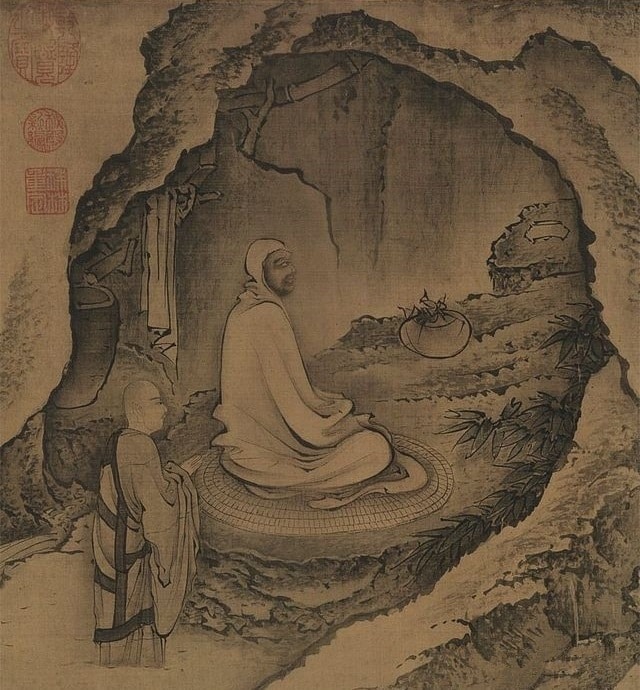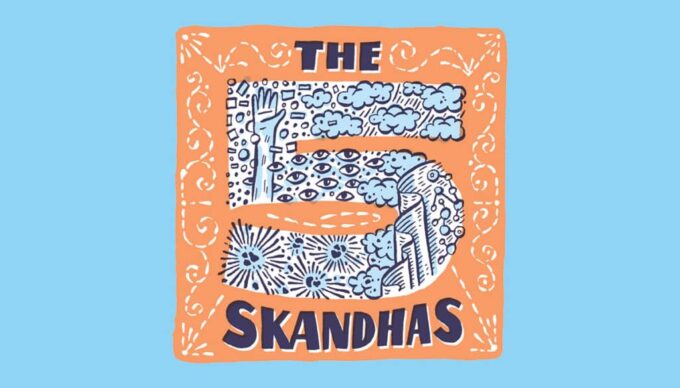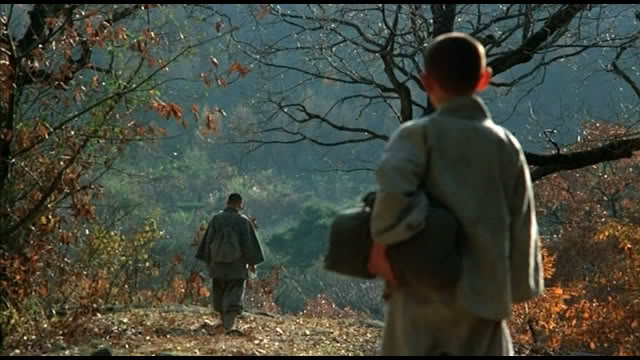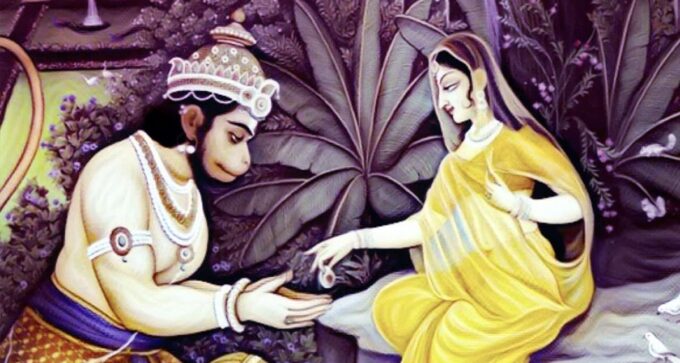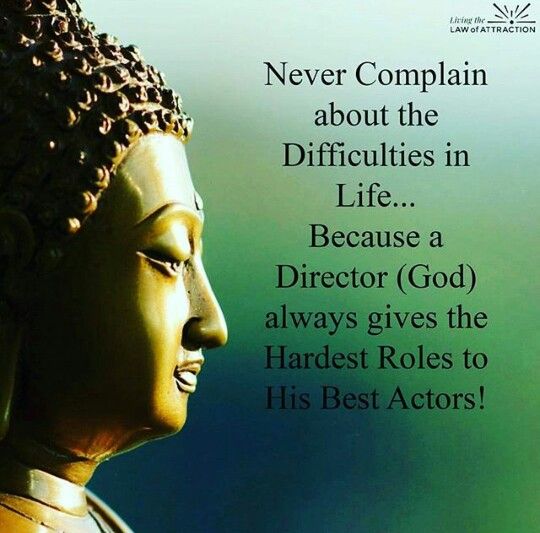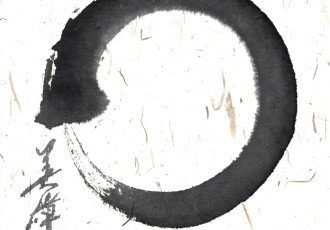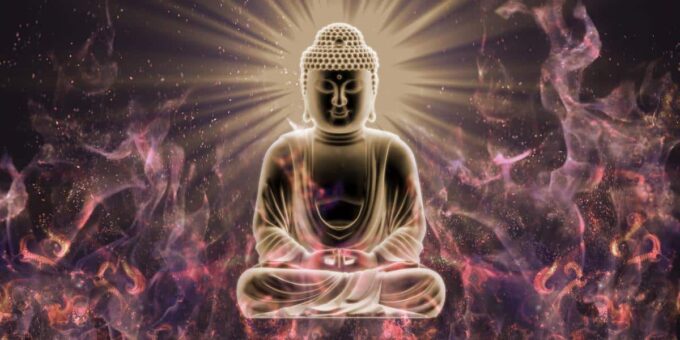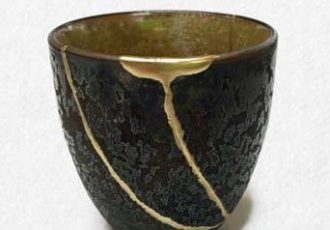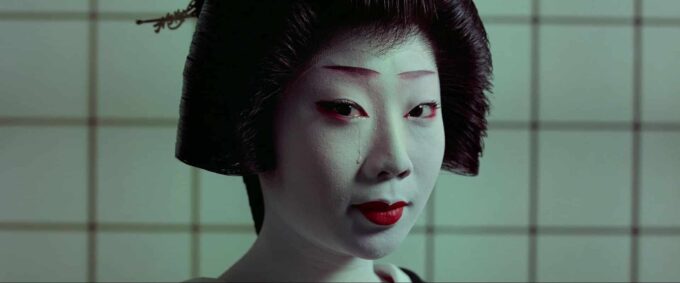Category: Resources
Dazu Huike – Taiso Eka (487-593) is considered the Second Patriarch of Chinese Chan and the twenty-ninth since Gautama Buddha. As with most of the early Chan patriarchs, very little …
Five skandhas (Skt. pancaskandha) — the five psycho-physical aggregates, which according to Buddhist philosophy are the basis for self-grasping. The Five Aggregates are: Form, Sensation, Perception, Mental Formation and …
For many people Zen could be anything but fun. However, that’s not the case for Carlos Valencia and Diego Otero who created Chuck the Monk. This is a comic …
Why Has Bodhi-Dharma Left for the East? is an award-winning South Korean film written, produced and directed by Bae Yong-kyun, a professor at Dongguk University in Seoul. Known principally …
The Sanskrit word siddhi or siddhiḥ (“perfection”, “accomplishment”, “attainment”, or “success”) — refers to the extraordinary powers of the atma (Self), developed through consistent meditation and deliberate, grueling, often …
This is my first post and I would like at this very beginning to bring in front of you the so called Zen wisdom. To do so I’ve prepared 9 simple …
Our 3rd illustration talks about life and death as seen by monk Sengai. Maybe through this small koan, you will … From ancient time, all traditions have set up …
Buddhism is a major religion which is followed by many people all over the world. The word Buddhism comes from ‘budhi’ which means ‘to awaken’. It originated thousands of …
The Four Brahmaviharas, or Divine Abodes, are often translated as ‘the immeasurables’ or ‘the ‘immeasurable minds’. The four immeasurables, are … The seventh illustration continues with Master Qianfeng’s story. …
The Sanskrit word Samsara refers to the wheel of life, the cycle of birth, death, and rebirth. These meanings are evident in this non-narrative documentary directed by Ron Fricke and produced …
